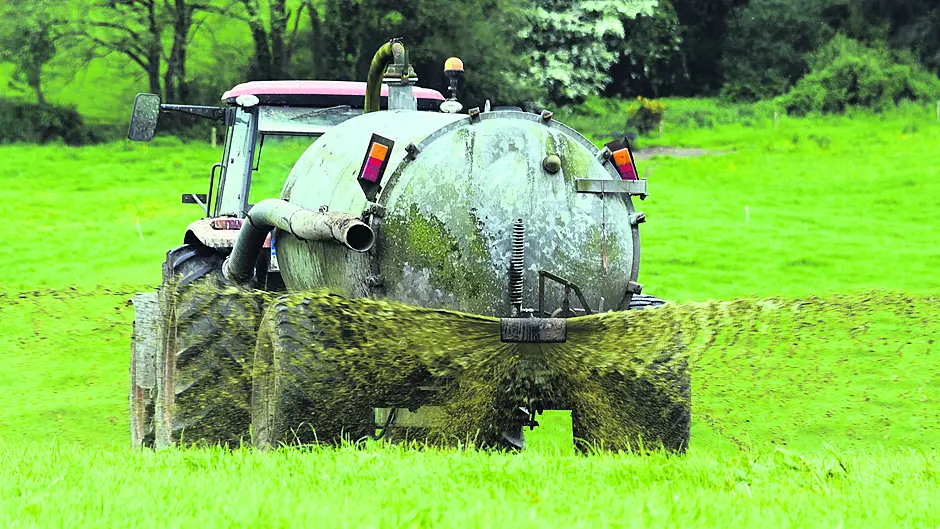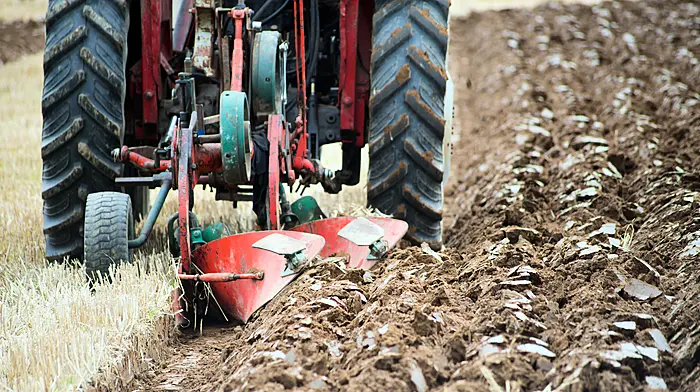Given the adverse weather of late, Liam Bohane and Damien Kingston of the Carbery Agricultural Sustainability Support and Advisory Programme (ASSAP) advise on managing slurry.
SLURRY is a very valuable source of nutrients, which if applied at the right rate, right time and right place can help displace the need for costly chemical fertiliser.
But if ground conditions are too wet to travel, it is too wet to make use of these nutrients, so it’s always best to target fields that are dry and furthest from watercourses.
Other pointers are: over-application of slurry when grass growth is low is wasteful and likely to lead to run off.
If slurry must be spread to relieve pressure on tanks, spread at 1,500gallons/acre or the lowest rate possible.
Using Low Emissions Slurry Spreading equipment will make the most efficient use of nutrients.
To understand the value of your slurry consider getting it tested.
Use your soil samples and nutrient management plan to decide which fields require slurry.
A buffer zone of 10 metres from watercourses should be maintained during the first and last two weeks of the spreading season. A minimum of five metres should be maintained at all other times.
There are plenty of simple practices in a farmyard that could mitigate the pressure on current slurry storage facilities. These include diverting clean rainwater away from dirty yards/slurry tanks.
Make sure eave shoots are not blocked and gutters are in place properly.
Take note of where the pressure areas are in your yard now, so you can address these at a later stage.
If slurry storage was tight this winter, consider a plan for next year. Roofing open tanks will help maximise capacity of existing tanks.
As we face into the busy spring period on farm remember to take care when operating machinery and agitating slurry. Check tyre thread depth and wear on tractors and slurry tanks before operating.










